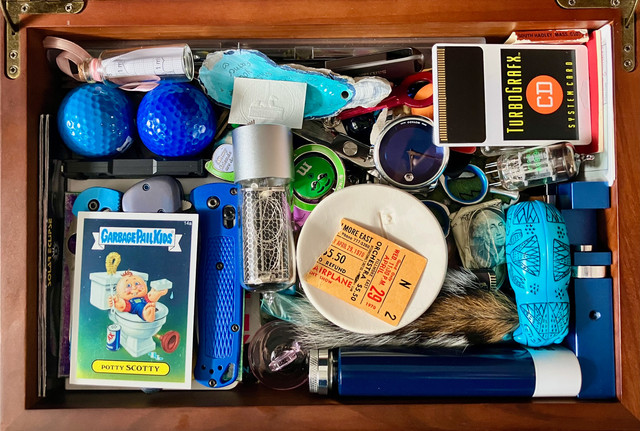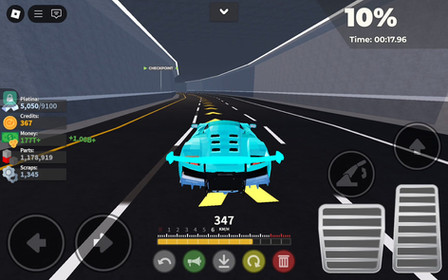HOME | DD
 lambdaDevice — Wimshurst Machine restoration, Step 2
lambdaDevice — Wimshurst Machine restoration, Step 2

Published: 2013-02-18 16:37:32 +0000 UTC; Views: 622; Favourites: 0; Downloads: 1
Redirect to original
Description
After I restored this Voltana influence machine (or Wimshurst machine) to working order, I thought I'd give it another round of refurbishing.Thanks to my friends S. and V. W. who gave me a drilling/polishing/grinding multi-tool as a present (you're the greatest!), I could finally bring this wonderful piece of 1915-1920's experimental apparatus back to its original performance.
My first steps back in 2009 were replacing the corroded ebonite discs (ebonite, when exposed to sunlight, loses its qualities as a dielectric and becomes conductive, turning from black to brown) by discs made of acrylic. The sectors on the original were tin foil glued to the ebonite, for my replacement discs' sectors I've used "high-speed tape" used in commercial aviation; this basically is thick aluminium foil with a very strong adhesive.
Next, and this was a big mistake, I brushed the brass parts. The machine would have some performance, but would discharge invisibly through all the scratches I've carved into the once shiny metal.
Now, after four years, using polishing tools, I finally brought the shine back to the brass parts, polishing them as good as I could with my lack of experience in metal works.
The machine now can keep the voltage much better, still some sizzling can be heard from the less-than-perfect acrylic discs spraying their charge all over the place, but all the brass parts now are safe from leaking voltage.
Great and loud sparks can be produced, and the different levers next to the discharge balls gives this machine lots of options for different high-voltage applications (switching off the Leyden jars alternatively, create intermittent spark gaps). One can even drive an X-ray or gas discharge tube with it.
The manufacturer of this Wimshurst machine ("Influenzmaschine" or influence machine) is "Voltana", and my assumption from a scanned original manual is that it was built between 1915 and the early 1920s.













